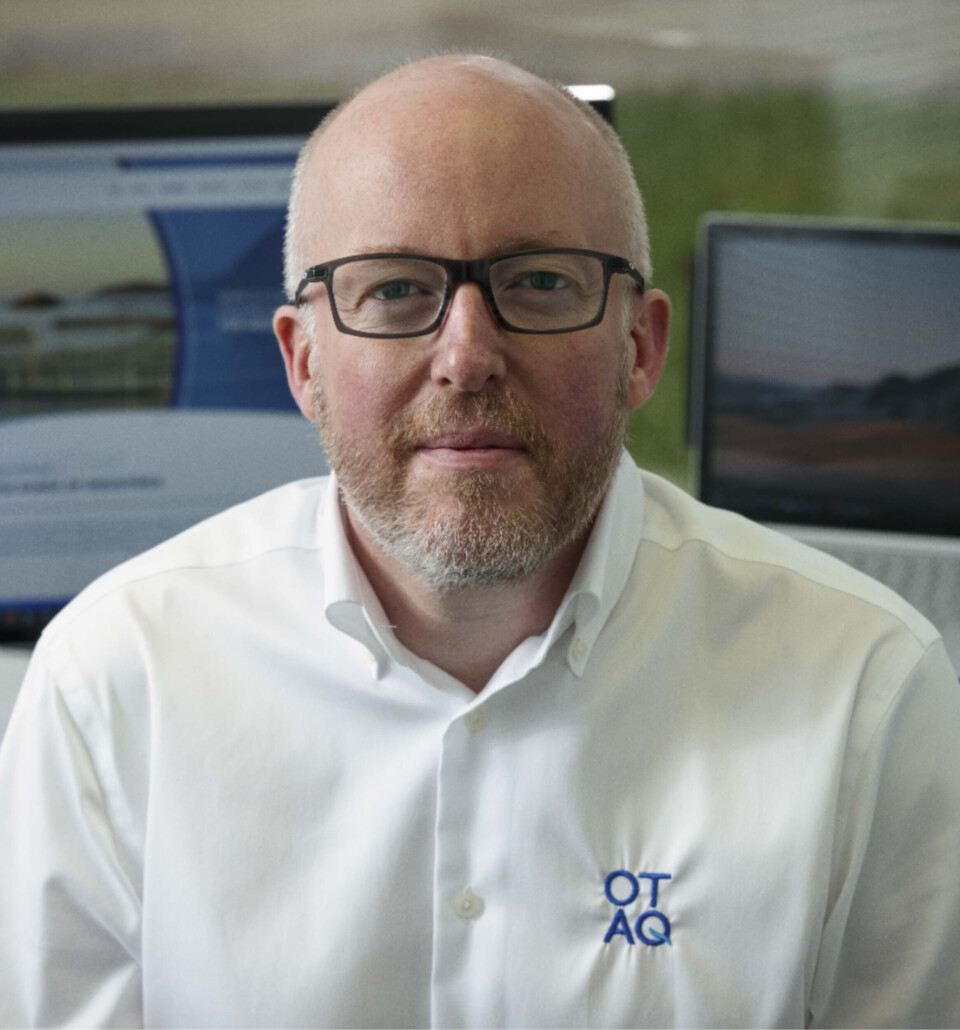
Can technology dispel the algal bloom gloom?
Sensing technology and mitigation tools were core themes of a workshop on harmful algal blooms (HABs) hosted by Scotland’s Sustainable Aquaculture Innovation Centre (SAIC) earlier this month.
The Global HAB Workshop: Industry Perspectives took place as part of a wider event organised by the University of Strathclyde, University of Glasgow and the Scottish Association for Marine Science (SAMS) which saw sector experts share insights about the impact of HABs on fish farming.
Mitigation techniques were also discussed, such as amendments to feeding regimes, clean water upwelling, oxygenation systems and bubble curtains.

Gill health
Although HABs in Scotland are typically less frequent or dense than in salmon producing countries such as Chile and Canada, they are more difficult to predict. HABs can reduce the levels of dissolved oxygen in the water and can be particularly problematic for gill health. With global temperatures rising, they are becoming a more prevalent challenge for Scottish fish farmers.
Many producers are still using manual water quality sampling and microscopic analysis to detect whether HABs are present, but industry and experts agree that a greater focus on technology could hold the key to regular, real-time data collection and the development of early warning systems.
Image-based process
Debra Brennan, fish health laboratory manager at Scotland’s biggest salmon farmer, Mowi, said: “HAB events are difficult to predict, but with regular monitoring, potential negative consequences can be managed and mitigated.
“We currently use an image-based process for identifying different species, with health team members on hand to support with action plans as required. The process needs to be as user-friendly as possible, but we could use new technology to our advantage to support that and enable us to take early action to protect fish from potential harm.”
Marine technology supplier OTAQ has spent several years developing a HAB early warning system that is expected to reach the commercial market later this year and uses a combination of artificial intelligence (AI), sensor technology, and digital microscopy to help identify potential issues accurately and quickly.

Protecting stocks
Chief technology officer Chris Hyde said: “AI is a growing area of interest for marine operations, particularly in aquaculture, and this system will demonstrate the potential impact that advanced technology can have for the sector, in this case protecting stocks and minimising the health risks associated with HABs.”
SAIC has supported several collaborative initiatives looking at managing the impact of HABs, including the development work behind OTAQ’s system through funding provided to the University of Aberdeen. This was Scotland’s first project funded by both SAIC and CENSIS (Scotland’s innovation centre for sensing, imaging and Internet of Things technologies).
Sarah Riddle, director of innovation and engagement at SAIC, said: “In dealing with HABs, early warning is key – having even a few hours’ notice, so that a robust mitigation programme can be put in place, can make a big difference to fish health. There are still challenges to overcome in adopting new technology, including digital connectivity at remote sites and the ability to handle and analyse vast amounts of data, but there are significant opportunities for producers to use technology and innovative mitigation tools to protect fish.”






















































